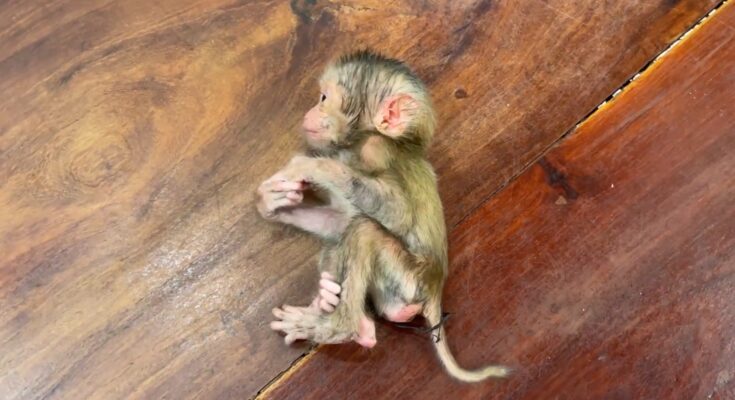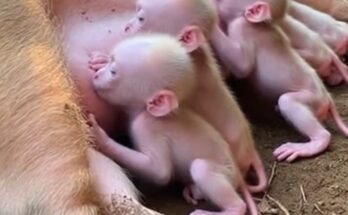Climate change is one of the biggest environmental challenges of our time, and its effects are being felt by many species, including monkeys. Rising temperatures, deforestation, and unpredictable weather patterns are threatening the natural habitats of these intelligent primates. In this article, we will explore the various ways climate change is affecting monkey populations and what can be done to mitigate these effects.
1. Habitat Loss Due to Deforestation
One of the primary ways climate change is impacting monkeys is through habitat destruction. Many monkey species live in tropical rainforests, which are being cleared for agriculture, logging, and urban expansion. As trees disappear, monkeys lose their homes, food sources, and shelter from predators.
2. Food Scarcity and Malnutrition
Changes in climate are affecting the availability of food sources for monkeys. Irregular rainfall and temperature fluctuations disrupt fruiting and flowering cycles of trees, making it difficult for monkeys to find enough food. This leads to malnutrition and weakened immune systems, making them more vulnerable to diseases.
3. Increased Human-Wildlife Conflict
As natural habitats shrink, monkeys are forced to venture into human settlements in search of food. This often results in conflict with local communities, leading to monkeys being viewed as pests. In some cases, they are hunted or captured for the illegal pet trade.
4. Rising Temperatures and Heat Stress
Monkeys, like many animals, are sensitive to temperature changes. With global temperatures on the rise, some species are struggling to adapt to hotter conditions. Prolonged exposure to extreme heat can cause dehydration, heat stress, and reduced reproductive rates among monkey populations.
5. Conservation Efforts and Solutions
Despite the challenges posed by climate change, conservation efforts can help protect monkey habitats. Some effective solutions include:
- Reforestation and habitat restoration: Planting trees and protecting existing forests to provide safe environments for monkeys.
- Wildlife corridors: Establishing protected pathways that allow monkeys to migrate safely between habitats.
- Sustainable land-use practices: Encouraging eco-friendly agriculture and reducing deforestation.
- Community education and involvement: Raising awareness about conservation and engaging local communities in protecting monkey populations.
Conclusion
Climate change is significantly affecting monkey habitats, putting many species at risk. However, with dedicated conservation efforts and sustainable practices, we can help protect these incredible primates and ensure their survival for future generations. By understanding and addressing the challenges they face, we can contribute to a healthier planet for all wildlife.



